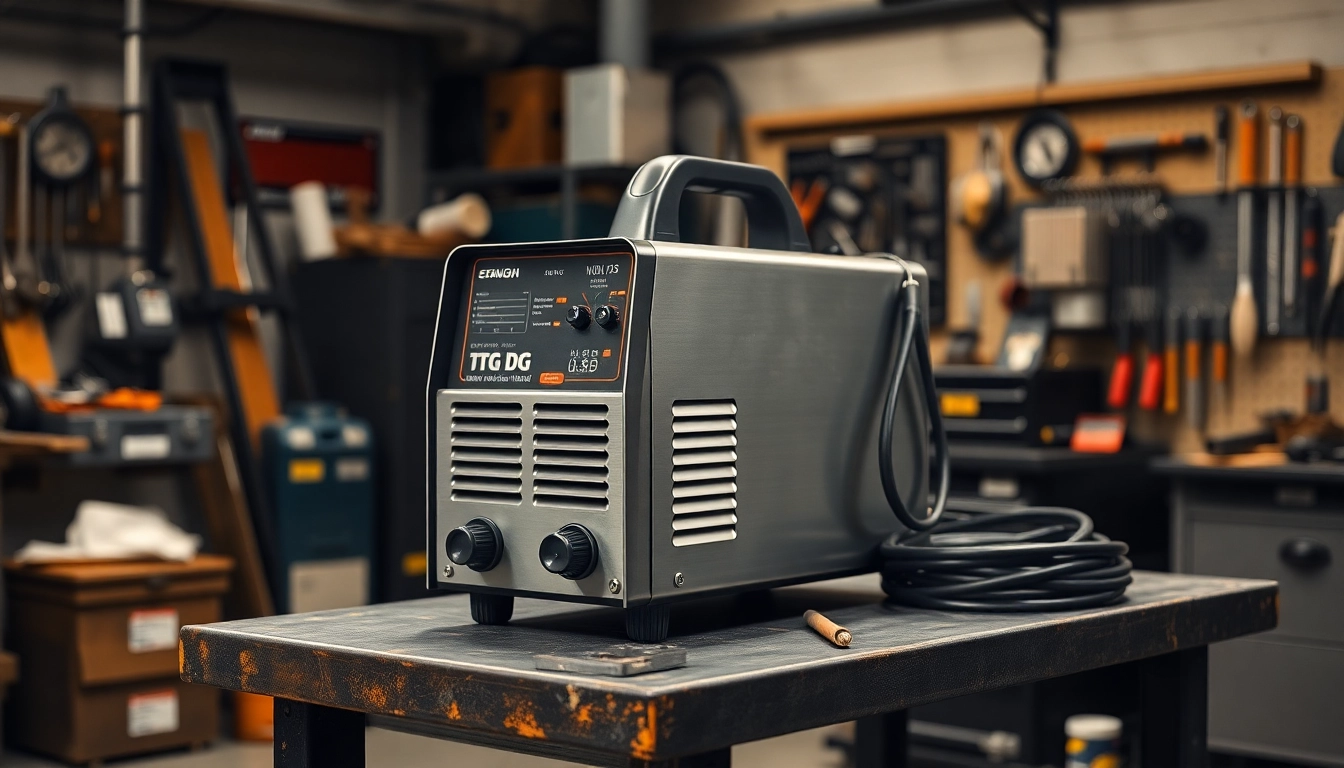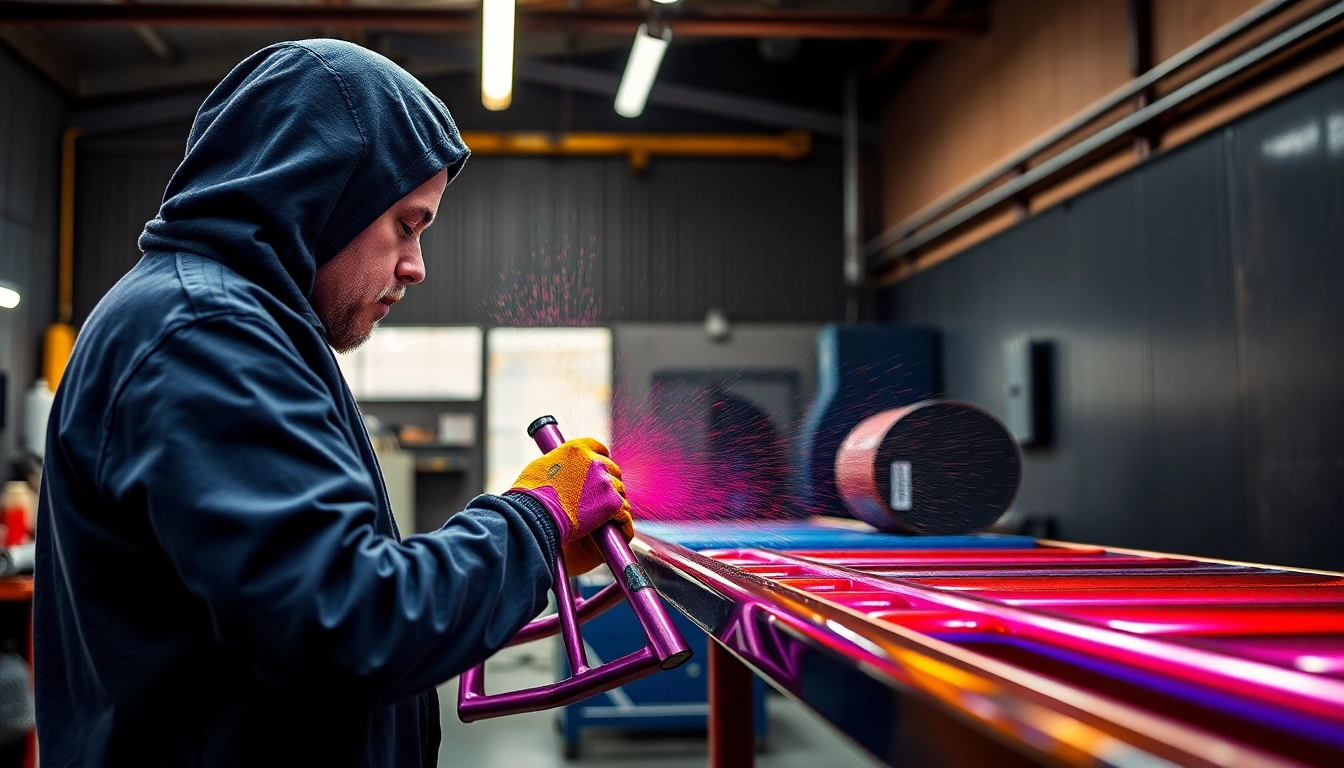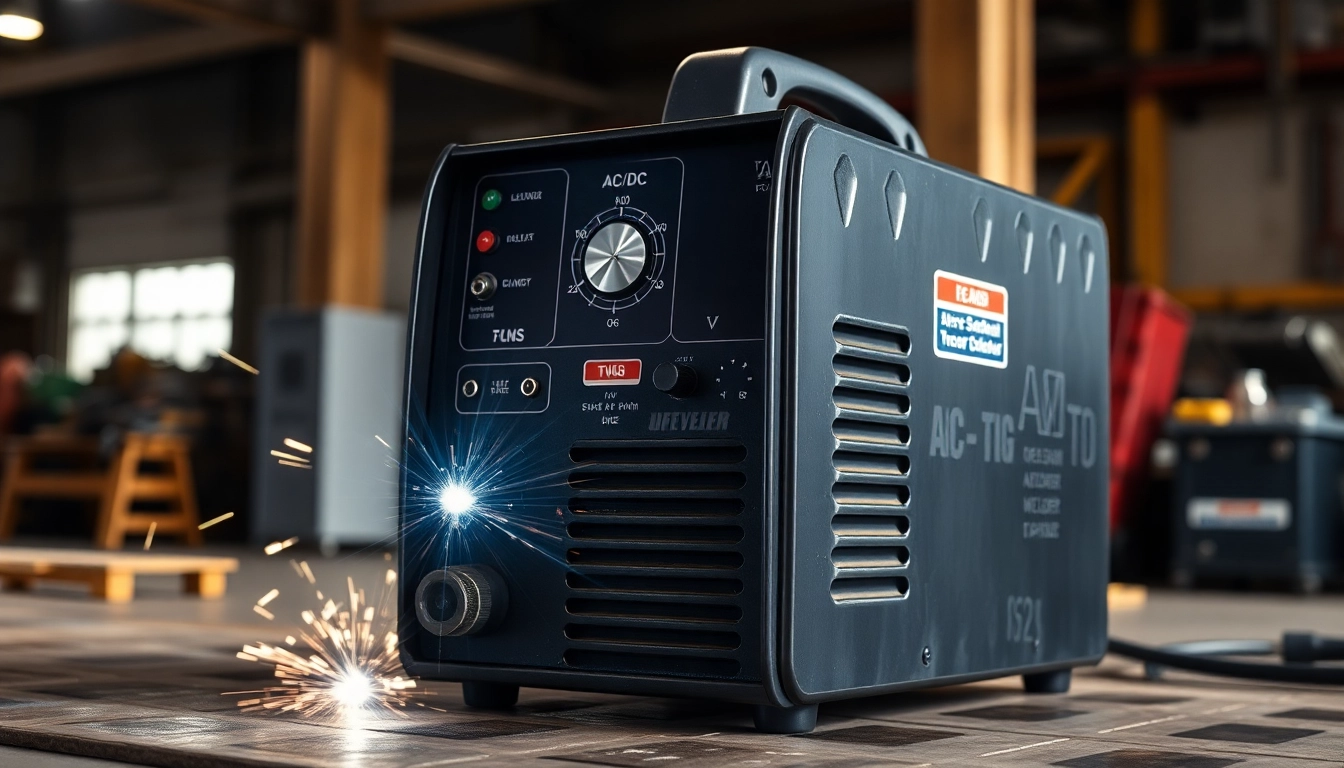Understanding AC DC TIG Welders
What is an AC DC TIG Welder?
An AC DC TIG welder is a versatile welding machine that allows users to perform tungsten inert gas (TIG) welding using both alternating current (AC) and direct current (DC). This dual functionality provides the ability to weld a wider range of materials and thicknesses, including aluminum and steel, making it an essential tool for a variety of welding applications. The TIG approach is favored for its precision and control, enabling welders to create strong and clean welds with minimal spatter.
How AC and DC Settings Function
Understanding the fundamental differences between AC and DC is crucial for operating an AC DC TIG welder effectively. Alternating current (AC) reverses direction periodically, typically useful for welding aluminum, as it cleans the oxidation from the material during operation. Direct current (DC), on the other hand, flows in one direction and is ideal for welding metals like stainless steel and mild steel, as it offers better penetration and a more stable arc. The durability of each current type allows welders to choose the appropriate setting based on the material type, position, and project requirements.
Applications for Different Current Types
The decision to use AC or DC in TIG welding can greatly influence the outcome of a project. AC is preferred for non-ferrous materials like aluminum and magnesium, particularly when the weld requires high cleanliness and low heat buildup. Conversely, for ferrous metals such as steel or stainless steel, DC is the go-to option due to its depth of penetration and superior control, especially in vertical and overhead welding applications. This dual capability of AC DC TIG welders provides welders with significant flexibility in various industrial, automotive, and artistic applications.
Key Features to Look for in an AC DC TIG Welder
Power Output and Duty Cycle
When choosing an AC DC TIG welder, evaluating power output and duty cycle is critical for optimal performance. Power output is measured in amperage, with higher amps permitting thicker materials to be welded. Typically, a welder should have a range suitable for at least 200 amps for most general applications. The duty cycle, representing the percentage of time the welder can operate within a given period without overheating, should also be considered. A welder with a 60% duty cycle at 200 amps can facilitate longer welding sessions before needing to cool down, which is essential in professional settings.
Portability and Design Considerations
Portability is another important feature to assess, especially for welders who work on-site or in various locations. Many AC DC TIG welders come with ergonomic designs, lightweight components, and built-in handles for easier transport. Look for features like a compact design without sacrificing performance, ensuring the welder remains accessible for both novice and expert welders alike. Additionally, integrated storage for leads and tools can enhance the organization and effectiveness of on-the-go tasks.
Control Features and Ease of Use
Control features play a vital role in the user experience of an AC DC TIG welder. Many modern welders come equipped with digital displays that allow for precise adjustments of voltage, amperage, and other settings. User-friendly interfaces that streamline the process of altering output settings are valuable for enhancing productivity and ensuring consistent results. Some welders include advanced features such as pulse width modulation, which provides greater control over the heat application, resulting in high-quality, aesthetically pleasing welds.
Benefits of Using AC DC TIG Welders
Versatility for Various Materials
One of the principal advantages of AC DC TIG welders is their versatility in welding different materials. From aluminum to copper alloys, stainless steel to carbon steel, these machines can accommodate diverse metal types without needing multiple welders. This feature is particularly advantageous for businesses or hobbyists looking to engage in varied projects, minimizing equipment investment while maximizing functionality. The ability to switch between AC and DC further enhances this flexibility, allowing users to tackle various welding challenges effortlessly.
Improved Precision in Welding
The precision and control offered by AC DC TIG welders are unmatched in the welding industry. The process allows for deep penetration into materials while providing a clean finish, reducing the risk of defects like porosity and oxidation. This level of control is especially beneficial in applications requiring intricate welds, such as in the aerospace and automotive industries, where structural integrity is paramount. TIG welding produces a smaller, more concentrated heat source that minimizes distortion, making it ideal for thin materials.
Cost-Effectiveness Compared to MIG Welders
While MIG welding is often considered the fastest method for general welding tasks, AC DC TIG welding offers notable cost-effectiveness in the long run, especially for precision work. TIG welders typically provide better control over material fusion and alignment, leading to fewer weld defects and reworks. Additionally, tungsten electrodes used in TIG welding are more durable than the consumable wire used in MIG processes, translating to lower operational costs over time. Investing in a reliable AC DC TIG welder can lead to significant savings and increased productivity for professionals.
Popular AC DC TIG Welder Brands and Models
Top Picks for Beginners
For beginner welders, finding a user-friendly AC DC TIG welder can make a substantial difference in the learning curve. Some popular models include the ac dc tig welder series by Unimig, which is known for its affordability and performance. The Eastwood AC/DC TIG 200 is another excellent option that offers versatile features for new users, including easy-to-set amperage controls and built-in safety mechanisms. These models help fledgling welders gain confidence while producing high-quality welds.
Professional-Grade Options
When it comes to professional-grade machines, brands like Miller and Lincoln Electric are often at the forefront. The Miller Multimatic 220 is widely regarded for its advanced features including Auto-Set technology, which allows users to quickly select the right settings based on material thickness and type. Likewise, Lincoln Electric’s Aspect 230 offers exceptional performance with a high duty cycle and superior arc stability, making it an ideal choice for those in the industry. These models are designed to meet the rigorous demands of professional welding tasks while maintaining ease of use.
Budget-Friendly Choices Under $1,000
Welders on a budget will appreciate options like the Primeweld TIG225X, a highly rated machine that combines performance with a friendly price tag. This welder excels in both AC and DC settings and includes features such as a high-duty cycle and adjustable settings to accommodate various thicknesses. Another worth considering is the YesWelder TIG-205DS, which boasts a compact design and several advanced features without exceeding the $1000 mark. Ensuring quality at an affordable price is essential for small shops or hobbyists that may not operate at a commercial level.
Tips for Maintaining Your AC DC TIG Welder
Regular Cleaning and Inspection Routines
Proper maintenance of an AC DC TIG welder is crucial for prolonged performance and efficiency. Establishing regular cleaning routines helps prevent the buildup of contaminants that could impact weld quality. After each use, ensure the machine is turned off and allow it to cool down before cleaning the exterior and internal components. Regularly inspect cables, hoses, and connections for wear and tear; replacing any damaged parts immediately can prevent expensive repairs down the line.
Common Issues and Troubleshooting
Common challenges that users may encounter with AC DC TIG welders include inconsistent arc stability, insufficient penetration, or vulcanized tungsten electrodes. When faced with these issues, check the settings, ensuring that the amperage and voltage match material specifications. Additionally, consider the type and cleanliness of the tungsten electrode and filler materials, as contaminants can greatly affect performance. Maintaining logs of settings and performance can help diagnose recurring issues more effectively.
Long-Term Care for Optimal Performance
Beyond routine cleaning and immediate repairs, long-term care involves storing the welder in a safe, dry location, protecting it from humidity and extreme temperatures. Regularly update yourself on manufacturer recommendations for maintenance and replace consumables like tungsten electrodes and filler rods as needed. Keeping a supply of replacement parts on hand, along with your cleaning materials, will ensure your AC DC TIG welder remains reliable for many years to come.



